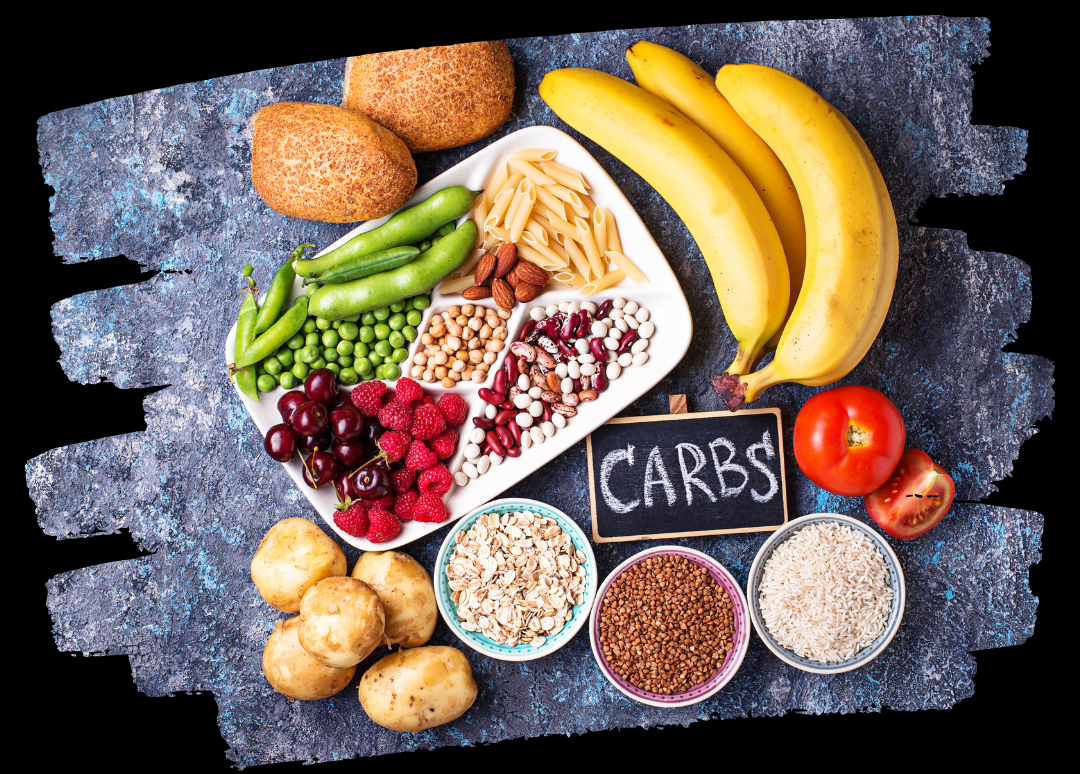
Understanding Carbohydrates: Total, Glycemic, Available, and Net Carbs

Carbohydrates are a primary source of energy for the body, but they can also impact blood sugar levels. To manage diabetes or follow a low-carb diet, it's essential to understand the different types of carbohydrates.
Total Carbohydrates
Total carbs refer to all types of carbohydrates in a food item, including dietary fiber, sugars, polyols, and starches. Some of these nutrients are not absorbed, digested, or metabolized in the body to yield glucose.
Glycemic Carbohydrates
Glycemic carbs are those that can cause a rapid increase in blood sugar levels. They are the nutrients that are absorbed, digested, or metabolized in the body to yield glucose. For instance, Xylitol may have 99g of Total Carbohydrates per 100g, but only 0.04g of those Total Carbohydrates can be absorbed, digested, or metabolized, which means they would have 0 Glycemic Carbohydrates.
Available carbs are those that the body can digest and absorb as energy, including sugar, starch, and fiber. However, not all fiber is digested and absorbed, and so, only some of it is available as carbohydrates. This concept is useful in determining the carbohydrate content in sugar-free products that contain sugar alcohols. The sugar alcohols can be subtracted from the Total Carbohydrates to calculate the Available Carbohydrates.
Net Carbohydrates
Net carbs are the total amount of carbohydrates minus the fiber and sugar alcohols. This calculation gives an estimate of the carbohydrates that will have an impact on blood sugar levels. Just as the weight of passengers and cargo can affect a car's performance, fiber and sugar alcohols can impact how the body processes carbohydrates.
Here's an analogy to help explain the different types of carbs
Think of carbohydrates like a toolbox. The toolbox contains many different tools, just like carbohydrates contain different nutrients. Total carbohydrates are like the entire toolbox, including all the tools. Glycemic carbohydrates are like the tools that are used most often and have the greatest impact on the project at hand. Available carbohydrates are like the tools that are actually needed for the project and can be used to complete it. And net carbohydrates are like the tools that are left over after the project is finished, or the tools that were not actually needed in the first place. By understanding which tools are necessary and which can be set aside, we can better manage our carbohydrate intake and its impact on our bodies.
